 If you’re wondering how to use an induction stove, you’re in the right place. Induction cooktops use magnetic fields to generate heat inside your cookware rather than relying on flames or heated coils.
If you’re wondering how to use an induction stove, you’re in the right place. Induction cooktops use magnetic fields to generate heat inside your cookware rather than relying on flames or heated coils.
This advanced technology makes cooking faster, safer, and more energy-efficient, allowing for precise temperature control in induction cooking and minimal heat loss. Induction stoves are becoming increasingly popular due to their smart design, ease of use, and superior performance.
If you’re a beginner exploring induction cooking for the first time or even an experienced cook upgrading your kitchen, understanding how to operate an induction stove properly is essential to getting the best results.
In this induction stove guide, we’ll cover everything you need to know, from how induction technology works to choosing the right cookware, adjusting temperature settings, and cooking efficiently. By the end, you’ll feel confident using your induction cooktop like a pro, ensuring effortless meal preparation and a safer cooking experience.
What Is An Induction Stove?
An induction stove is a type of cooktop that uses magnetic energy to heat cookware directly instead of heating the stove's surface. An induction cooktop creates heat through electromagnetic currents. This means the cookware itself gets hot while the stove surface remains cool.
To use an induction stove, you need induction-compatible cookware made of stainless steel or cast iron. When placed on the cooktop, the magnetic field activates, generating heat instantly.
This advanced technology makes induction cooking faster, safer, and more energy-efficient than traditional cooking methods. Looking out for some amazing induction cooktops? Take a look at our collection!
How Does An Induction Cooktop Works
An induction stove uses electromagnetic energy to heat cookware directly, making it different from gas stoves that use an open flame or electric stoves that heat coils. When you place a stainless steel or cast iron pan on the induction cooktop, a magnetic field creates heat inside the cookware itself.
This method ensures quick heating, precise temperature control, and energy efficiency, while the cooktop surface stays cool to the touch.

Here’s a step-by-step guide on how to use an induction stove:
1.Choose The Right Cookware
Before using an induction stove, check if your cookware is induction-compatible. Look for the induction symbol (a coil-like icon) on the bottom of the pot or pan. You can also do a magnet test—if a magnet sticks to the base, it works with induction cooktops.
The best materials for induction cooking include stainless steel and cast iron. Cookware made of aluminium, copper, or glass will not work unless they have a magnetic base.
2.Turn On The Induction Stove
Press the power button to switch on the stove. Most induction cooktops have a touch panel where you can select different cooking modes such as boiling, frying, or simmering.
Once you place the induction-compatible cookware on the surface, the magnetic field activates, and the pan starts heating immediately.
3. Adjust The Temperature And Power Settings
Most induction stoves have power levels from 1 to 10 or low to high for better heat control:
-
Low (1-3) – Ideal for melting butter, warming milk, or simmering soups.
-
Medium (4-7) – Great for stir-frying, cooking vegetables, or making pasta.
-
High (8-10) – Best for boiling water, frying, and searing meat.
The heat changes instantly when adjusted, giving you precise control over cooking.
4. Start Cooking
Once the induction stove detects the cookware, heating begins instantly. This ensures even cooking, prevents energy waste, and allows for quick adjustments. Since heat is transferred directly to the pot or pan, food cooks faster, and the cooktop remains cool to the touch.
5. Turn Off And Clean The Stove
After cooking, press the power button to turn off the stove. Since there is no residual heat, the surface cools down quickly. Cleaning is simple—wipe the smooth glass surface with a soft cloth and mild cleaner to keep it spotless.
With these induction stove cooking tips, you get a faster, safer, and more energy-efficient way to prepare meals, whether you're boiling, frying, or slow cooking.
Induction Stove Safety Tips
Cooking with an induction stove is safe, but following a few precautions can help prevent accidents and ensure long-term performance.
Use Only Induction-Ready Cookware
Induction cooktops work only with compatible cookware. Using non-induction pots and pans may damage the cooktop’s surface or result in ineffective heating. Always check for the induction symbol at the bottom of your cookware or use the magnet test to verify compatibility.
Keep The Control Panel Dry
Since most induction stoves have touch-sensitive controls, moisture or spills can cause the panel to malfunction or become unresponsive. Wipe the control panel immediately if it gets wet to avoid errors while adjusting settings.
Never Place Metal Objects On The Cooktop
Induction stoves generate a magnetic field, which means metal objects like spoons, forks, lids, and aluminium foil can accidentally heat up if left on the surface. This poses a burn risk and could also interfere with the stove’s functionality.
Avoid Touching The Cookware Right After Cooking
Although the cooktop surface remains cool, the cookware itself retains heat. Touching the pan or pot immediately after turning off the stove can cause burns. Always use oven mitts or let the cookware cool down before handling.
Following these safety tips ensures a smooth, risk-free cooking experience while keeping your induction stove efficient and durable.
3 Most Common Mistakes To Avoid
Even though induction stoves are user-friendly, certain mistakes can affect their performance and durability.
-
Using incompatible cookware (glass, copper, aluminium).
-
Placing an empty pan on high heat may damage the coating.
-
Not adjusting the heat properly, leads to overcooked or undercooked food.
Avoiding these common mistakes will help you get the best performance from your induction stove, ensuring efficient and hassle-free cooking.
 Why You Should Switch To An Induction Stove
Why You Should Switch To An Induction Stove
If you’re considering an upgrade to your kitchen appliances, switching to an induction stove comes with several benefits.
Energy Efficient Cooking
An induction stove transfers up to 90% of the energy directly to the cookware. This means faster cooking times and lower electricity bills, making it an eco-friendly choice.
Safe For Families
With no open flames, induction cooktops eliminate the risk of gas leaks, accidental fires or burns. The cooktop surface remains cool, reducing the chances of injuries, especially in homes with children.
Sleek & Modern Design
The smooth glass surface of an induction stove adds a sophisticated look to your kitchen. It seamlessly blends with modern kitchen aesthetics while being easy to clean—just wipe it down after cooking.
Precise Cooking Control
An induction stove responds instantly to temperature adjustments. You get full control over the cooking process, leading to perfect results every time.
Switching to an induction stove is a smart investment for anyone looking for faster cooking, improved safety, and energy savings in their kitchen.
 Conclusion
Conclusion
Mastering how to use an induction stove is simple once you understand the basics. From selecting induction-compatible cookware to adjusting the temperature settings for precise cooking, an induction cooktop offers a modern, efficient, and safe way to cook.
Its energy-saving technology, instant heat control, and sleek design make it a perfect addition to any kitchen. By following the right steps and avoiding common mistakes, you can make the most of your induction cooktop while enjoying hassle-free meal preparation.
If you're looking for a high-quality induction stove that combines performance, durability, and style, visit Cygen.Store today and explore our latest collection of top-rated induction cooktops!

Frequently Asked Questions
Can You Use Any Cookware on an Induction Stove?
No, only induction-compatible cookware works. Check for the induction symbol or use the magnet test—if a magnet sticks, it’s compatible. Stainless steel and cast iron work best, while aluminum, copper, and glass require an induction base to function.
Is an Induction Stove Safe to Use?
Yes, induction cooktops are safer than gas stoves since the surface stays cool. They have auto shut-off, child lock, and overheating protection, reducing fire and burn risks. With no open flames and instant heat control, they ensure safe, efficient, and hassle-free cooking.
How Much Energy Does an Induction Stove Save?
Induction stoves use 90% of their energy directly for cooking, unlike gas and electric stoves, which waste heat. This energy-efficient technology speeds up cooking, reduces electricity costs, and helps create a more eco-friendly kitchen while providing fast, precise heating.
Why Choose Cygen Home Appliances?
Cygen Home Appliances offers high-quality induction stoves designed for Indian cooking needs. Our energy-efficient induction cooktops ensure fast heating, precise temperature control, and enhanced safety features, making cooking easier, safer, and more enjoyable. Explore our latest models at Cygen.Store today!



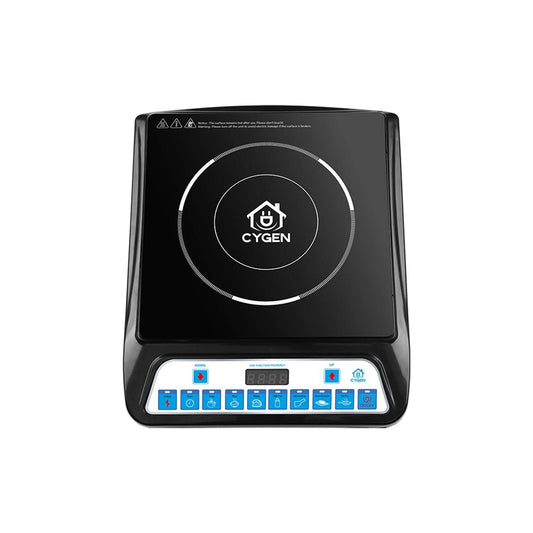
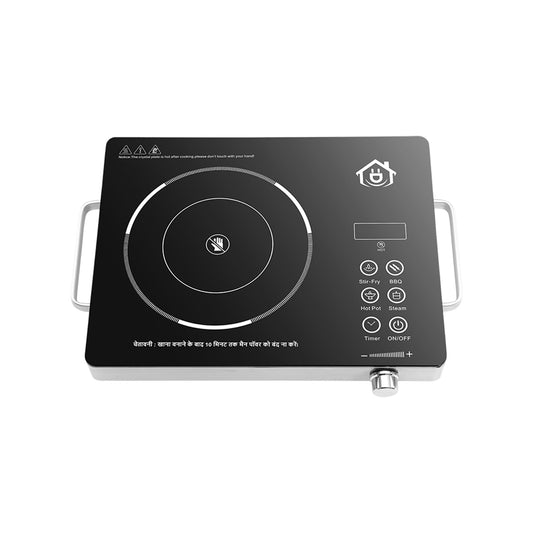
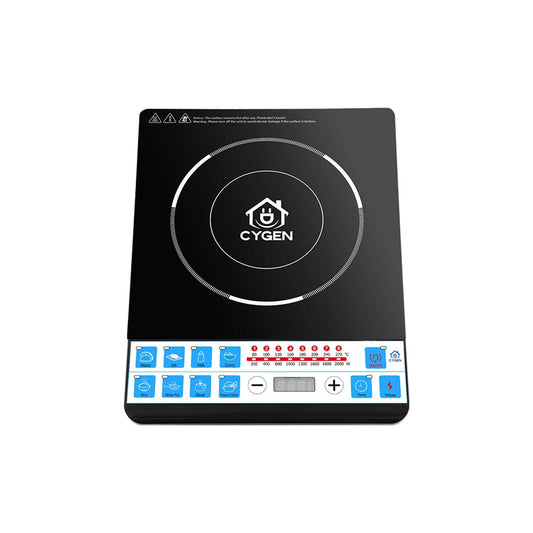
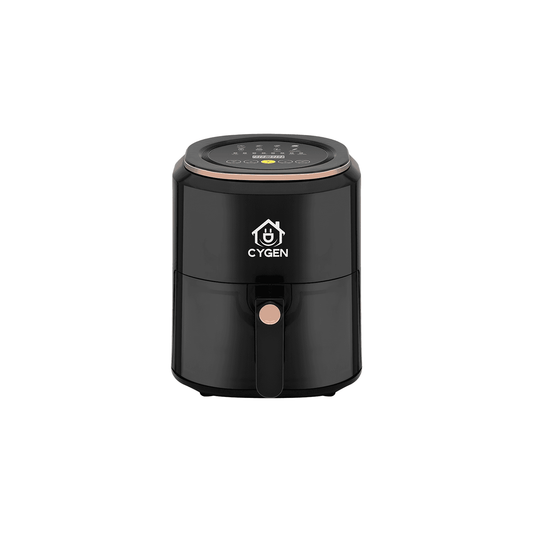
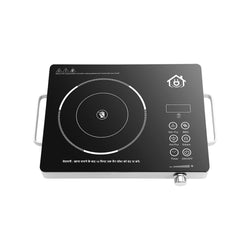
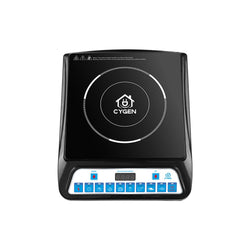
Leave a Reply
Nunc vehicula quam semper odio varius tincidunt. Vestibulum ante ipsum primis in faucibus orci luctus et ultrices posue.
Please note, comments need to be approved before they are published.